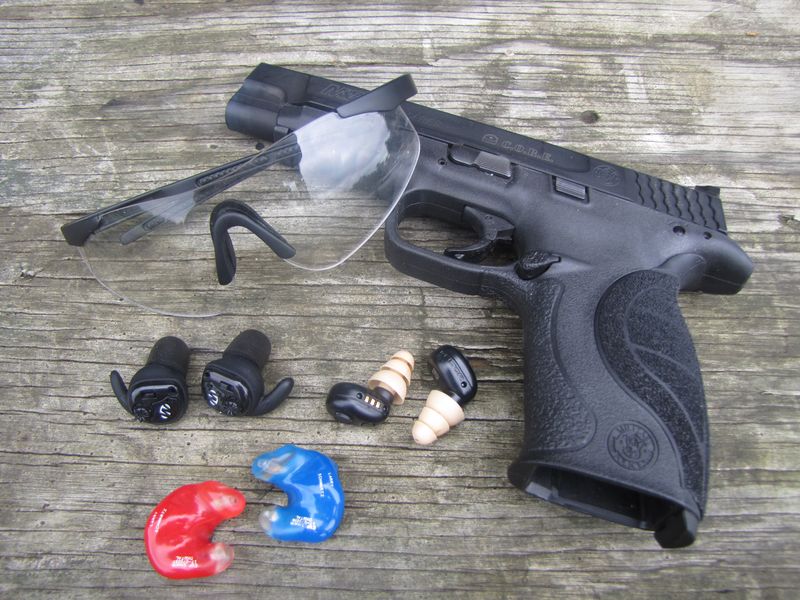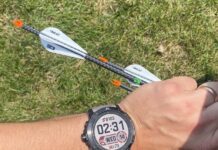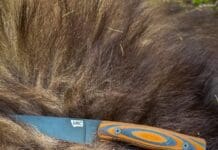Electronic Earplugs…a lightweight alternative to foam plugs or ear muffs
By Larry Schwartz, Guest Contributor
It took a few minutes, but my breathing was finally starting to return to its normal rhythm. Pushing hard to cover the last 500 uphill yards had paid off, and my .270 was now perched on the rim of an alpine bowl. Scanning the terrain, we hoped the full curl ram we had been chasing for two days would appear.
I was peering through the scope searching for any sign of him when I felt my hunting partner’s hand grab my shoulder. I took my eye off the scope and followed Dave’s gaze up the ridge. The full curl’s head and shoulders were skylined on the crest of the ridge. He turned and disappeared, once again showing the hunter why the big boys get to be so big.

In anticipation of the sharp crack of the .270, I had put my foam earplugs in and had not heard the clatter of the small rocks the ram dislodged as he crested the ridge. Dave, however, was using some new electronic ear plugs and he could hear things at their normal levels rather than the muffled sounds that I heard.
If you have been around as long as I have, you have seen a lot of hunting products come and a lot of hunting products go. And you’ve waited for some of them to mature into something you could afford or were willing to spend your money on. For me, that Holy Grail was an electronic in-the-ear (ITE) hearing protection product to use while hunting. In other words, something that would protect what was left of my hearing while still letting me hear what was going on around me. Patience and persistence have paid off and there are now a variety of products on the market that fit the bill in terms of features and price point.
Foam Plugs vs. Ear Muffs vs. Electronic Ear Plugs
There are many ways to protect your hearing from the sharp crack of a hunting rifle, and each has its own advantages and disadvantages.
You can use the old reliable little foam cylinders that you compress and stick in our ear canal to block out the noise. The work great, especially if you put them in correctly, but they also block out the sounds of what is going on around you. Just like our protagonist in the introductory paragraphs above.
If you don’t like foam plugs you can use ear muffs. They do an even better job of protecting your hearing and you don’t have to be as careful about putting them in your ear canal correctly. They can even help keep your ears warm in cold weather. But, in warmer weather, they make your head sweat. Some of them are plain and block out sounds like the foam plugs do, and some have electronics that let you hear what is going on around you while stopping the crack of a rifle when the shot is taken. Some of the electronic models even amplify sound for you. They are a little cumbersome if you want to wear them all the time while hunting and stalking.
I went through both plugs and muffs but wanted something that gave me the best parts of both worlds and fewer of the worst parts. That was when I discovered electronic earplugs. I found three major categories on the market.
One-Size-Fits-Most Models
This class is the simplest of the three, and like the others is based on hearing aid technology with the addition of a filtering circuit to stop loud sounds from reaching your ear. Each has a small microphone which feeds sounds through a tiny circuit board that feeds the filtered sounds to a speaker in your ear canal. This is all contained in a housing that fits snuggly in your ear canal to block out external sounds.
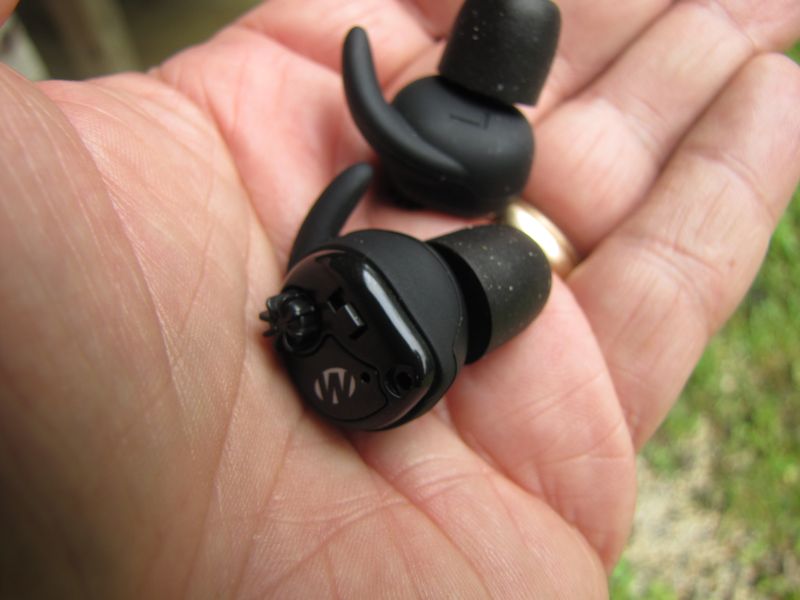
They are powered by small zinc-air batteries designed for hearing aids. These batteries will last a long time but once the air gets to them they do continue to drain power over time, even if you remove them from the earplug or turn it off. For that reason, I keep spare batteries in the carrying case.

Each model I tried had multiple sets of tips in different sizes and shapes that fit into your ear canal. Sizes are normally small, medium, and large while the shapes are tubular foam or flanged soft plastic in shape. The key is to find the combination of size and shape that is comfortable while blocking out all external sound.
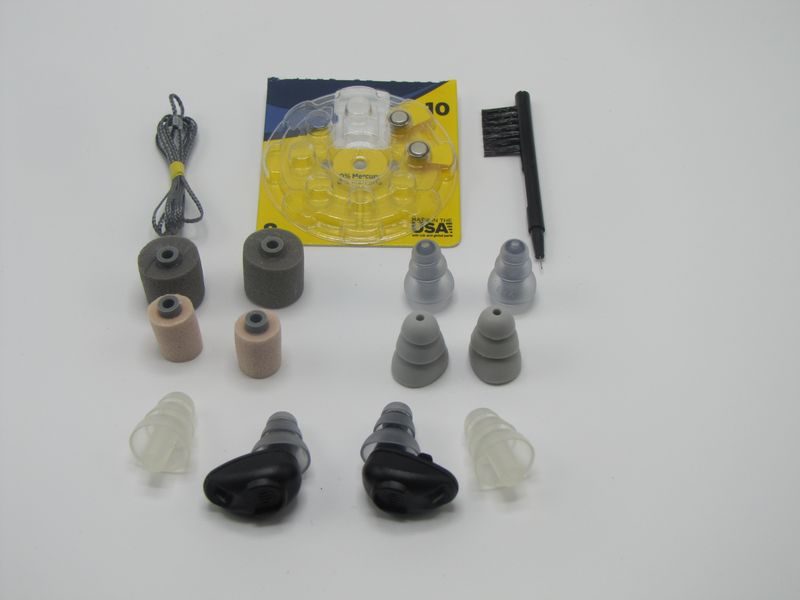
You turn them on and off by either opening the battery compartment to remove power, flipping a switch, or pushing a button. The switches or buttons also allow you to toggle the other features on and off. These features include changing the volume or turning the noise filter on or off.
The models I have tested in this class include the GunSport PRO from ETYMOTIC and the Silencer in the Ear from Walker Game Ear.
Custom Fit Models
The models in this class are based on commercial hearing aid technology like the one size fits most, but with the addition of a custom molded earpiece. They have more features and as a result are more expensive.
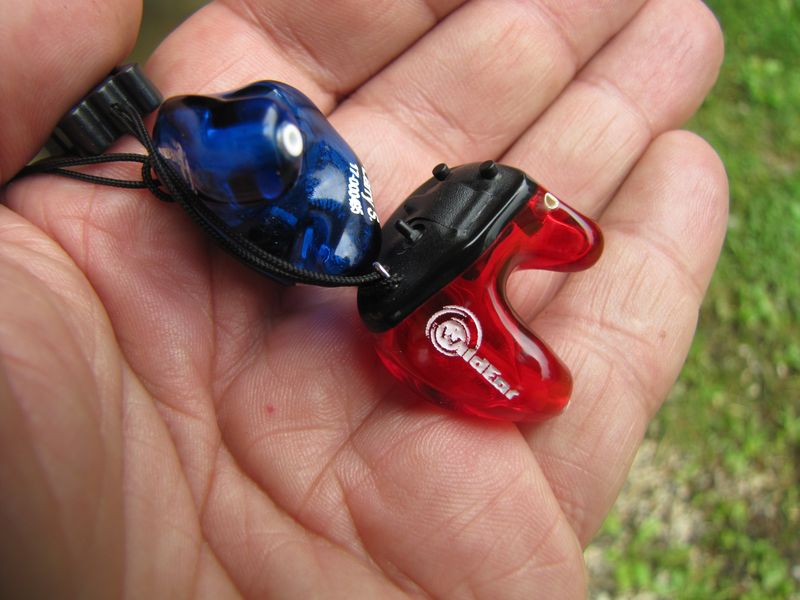
The custom fit earpiece requires you to have a foam mold taken of your ear. You can have these done by most audiology offices for around $50. Some companies have a DIY kit you can use to make the mold yourself. Once you have your mold, you send it to the manufacturer and they have the electronic ear plugs made for you. The benefit of this approach is that you never have to worry about putting them in the right way and they fill your whole ear canal which seals out external noises better than the type with just the foam or flanged tips.
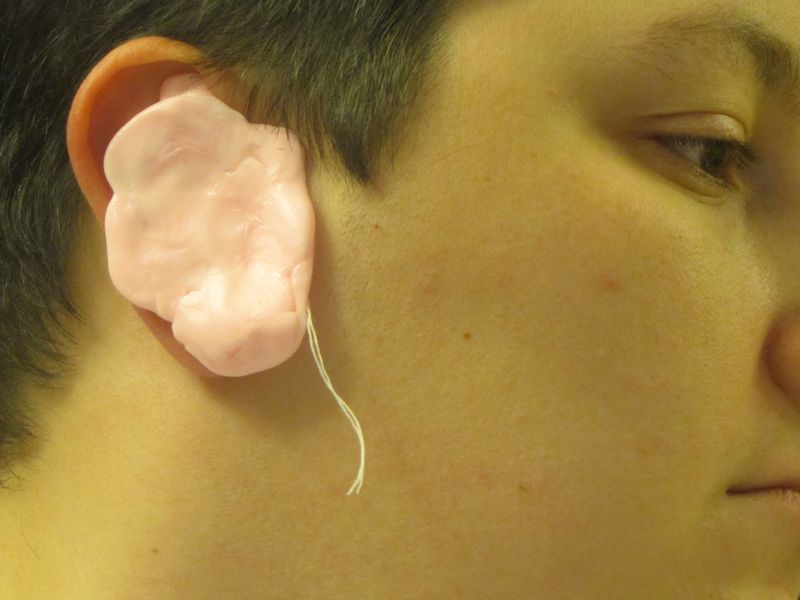
Another advantage of this class is the additional features or functionality you can get in the electronics. You can get multiple programs to allow you to adapt to different situations. And the sound quality is also better, but that may not be something that you need considering their higher cost.
The models I have tested in this class include the Stealth by Electronic Shooting Protection and the Tactical by Wild Ear.
Rechargeable Models
One of the latest innovations in the field is the use of a recharging station built into the plug’s carrying case. This is an enhancement to the one-size-fit-most class. Instead of powering the earplug with a small zinc-air battery placed in the body of the earplug, an internal and non-removable battery is charged by the charging station. All you need to do it snap the earplugs into the charging brackets built into the case.
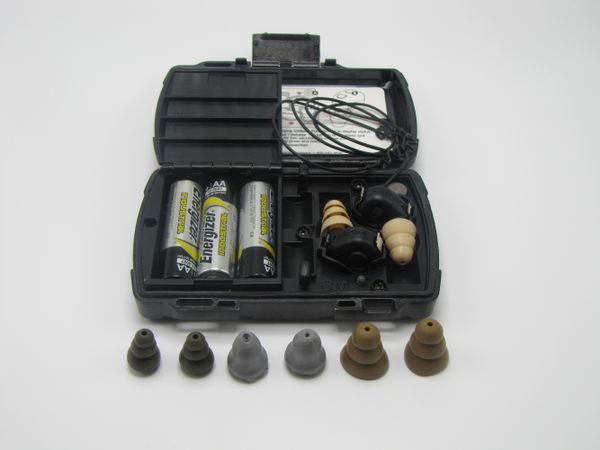
With this approach, your earplugs are always charged and you only need regular AA or AAA batteries instead of the small hearing aid batteries. This is a nice feature if you like to use the same size batteries in all of your electronics like many of us do.
The only model I was able to test in this class is the TEP-100 from 3M/Peltor which is available now and is one of my favorite models. The NoizeBarrier by OTTO and the GunSport Elite by ETYMOTIC will be unveiled at the 2018 SHOT Show.
Some final words
If you want to protect your hearing, and you should, one of these electronic earplugs is for you. If you still want to hear what is going on around you, one of these electronic earplugs is for you. And, if want to hear better than you normally do, one of these electronic earplugs is for you. You just need to pick the price range and the feature set you want. You will find them a good investment of your time and your money. Every person I showed them to at my local gun club loved them and walked away with information on at least one or two models that they were going to look into purchasing. They make an excellent birthday or Father’s Day present if you don’t get them for yourself before then.
Sidebar: If you hate batteries…
If you prefer things mechanical rather than electronic, you and I think a lot alike. I prefer to use a map and compass over a GPS unit because it is simpler and doesn’t require batteries that might run out when I need them the most. In my research into ITE hearing protection, I found that there are also mechanical ITE earplugs to block out the loud sounds while still letting you hear what is going on around you. Just like the electronic earplugs we just covered. The only thing it does not do is amplify sounds around you–a nice feature of the electronic products but a negotiable for some.
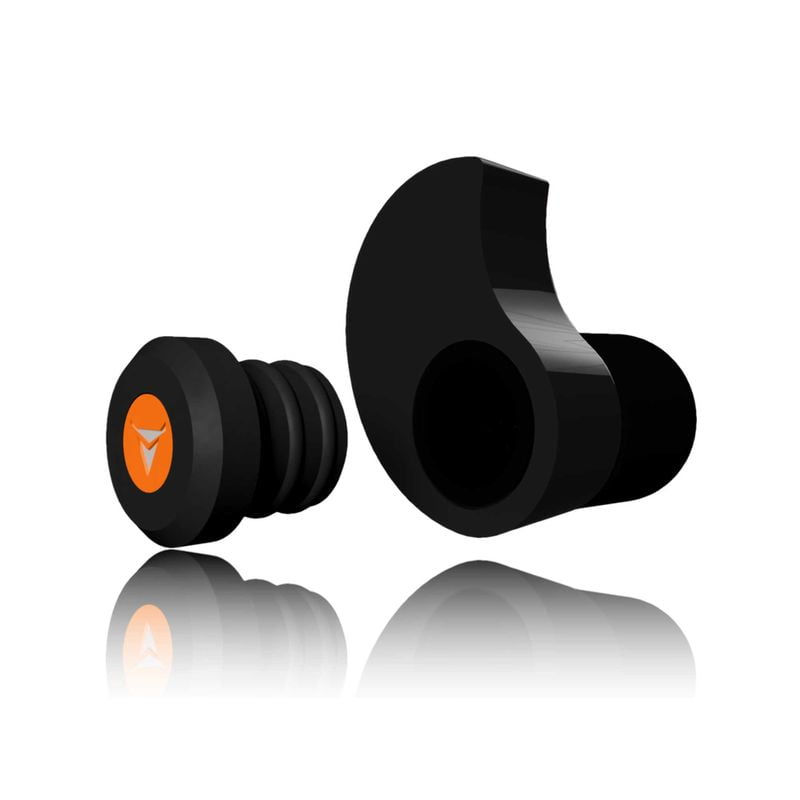
So, if you want to hear and not be hurt, but don’t want to mess with batteries, I suggest you look at my favorite in the mechanical market niche, the Decibullz Percussive Shooting Filters. They come with a generic earplug that you can custom mold to fit your ear perfectly simply using warm water. You add their percussive shooting filter insert to the molded earplug and you get the best of both worlds. Another nice feature of the Decibullz Percussive Shooting Filters is that the MSR price is only $74.99, much less than its electronic cousins. Simple, functional, and nearly bombproof, these have Rokslide written all over them.
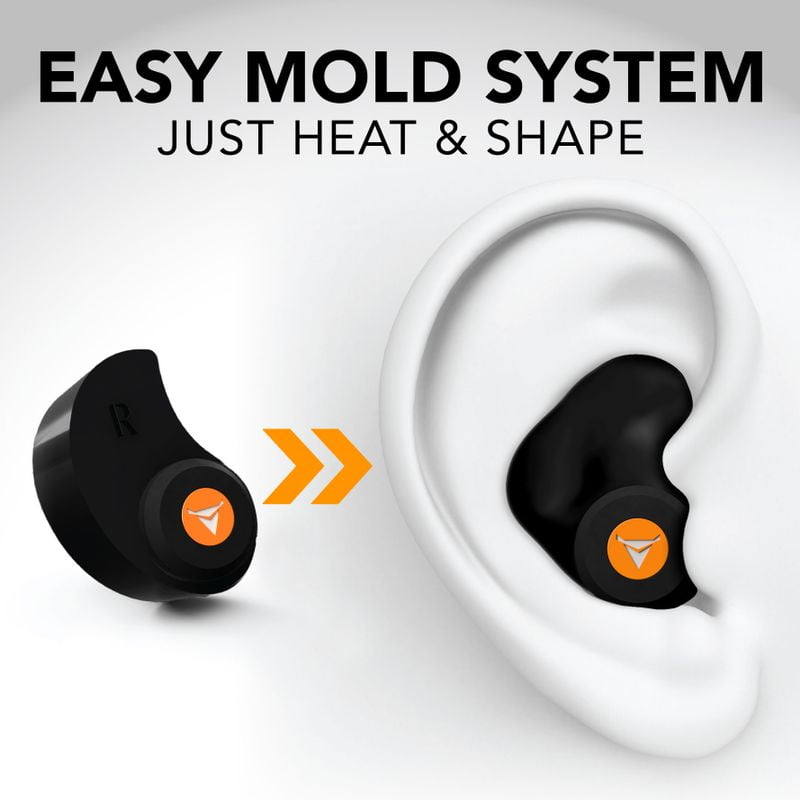
You can ask Larry questions or discuss this article here.
Larry Schwartz is a father of three who lives in Annapolis, Maryland. He has been hunting the Eastern Seaboard for over twenty years. His big game pursuits include whitetail, black bear, sitka deer, turkey, wild hogs, and the occasional stingray. Larry started hunting with the traditional bow and arrow, but is going to be using rifle and shotgun for hunting in the upcoming seasons. He discovered Rokslide when it was first created and loves the way it combines two of his favorite activities: backpacking and hunting far from the maddening crowd. Larry is an Eagle Scout, former Infantry officer, and currently directs a process improvement group for a government contractor. He is also a freelance writer with a focus on the home defense, survival, and preparedness markets.
















